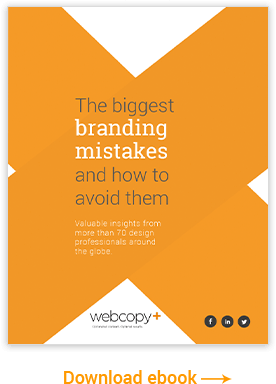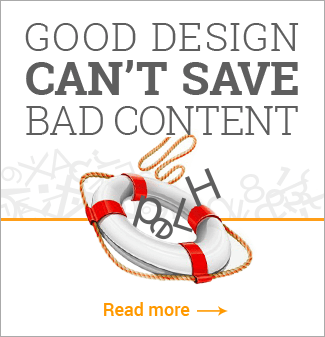Microsoft’s Internet Explorer (IE) dominates the desktop browser market, but definitely not in the design world.
According to W3Counter, IE owns 57.42% of the market, with Firefox in second position with 31.22% of the browser market.
Those numbers closely match our web writer blog stats, which is generally visited by business owners, writers and web designers. Since January, 57.86% cent of visitors were using IE, and 32.26% used Firefox.
However, our main Webcopyplus web writing site, which predominantly attracts web designers through several popular web design blogs, tells a very different story. In fact, during the same four-month period, 53.82% used Firefox, and only 22.86% used IE.
If web designers ruled the world, IE would be in big trouble! As it turns out, IE should be looking over its shoulder. Mozilla’s Firefox is eating away at the market share, Google is now a serious contender with Chrome, and Apple recently announced Safari 4 beta, promising to put forward the world’s fastest and most innovative Web browser for Mac and Windows PCs.
As entrepreneurs and employees rely more heavily on the Internet and Web-based tools to perform daily functions, browser innovations like faster processing, tabs, and new search features carry a lot of weight, and can instantly change the landscape of browsers.




